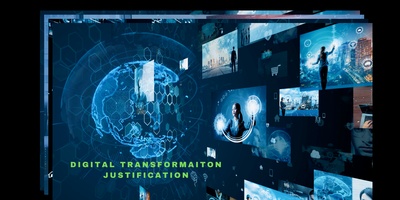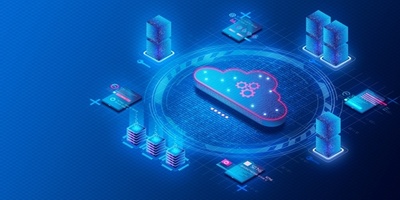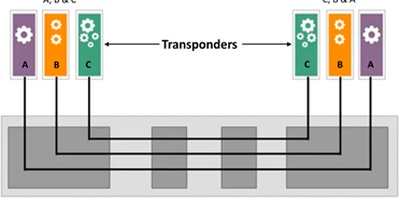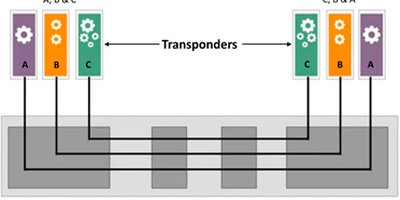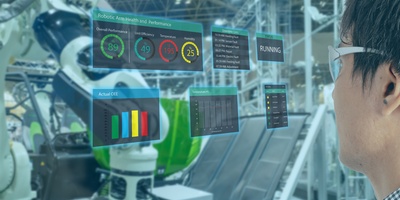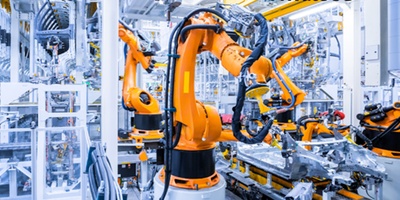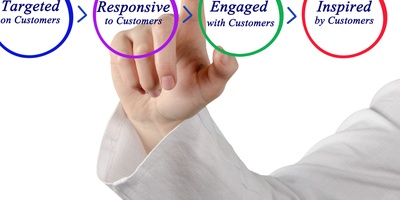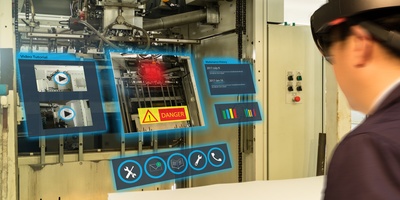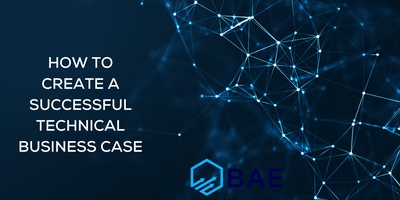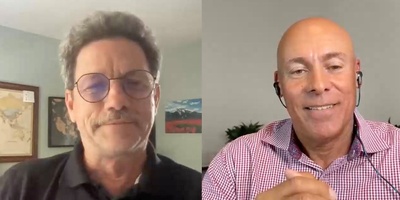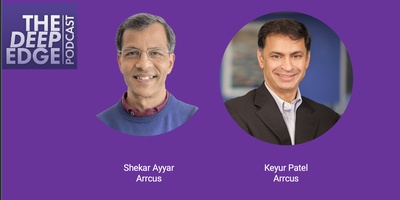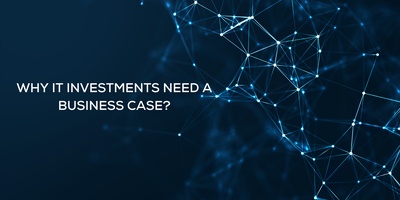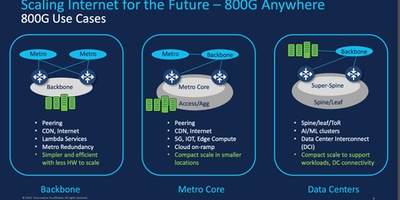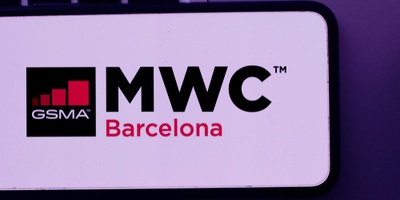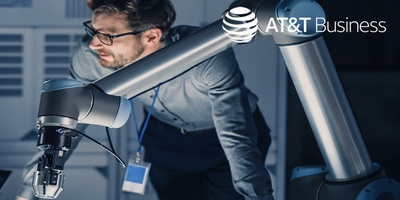Highlights from Copenhagen at Digital Transformation World 2023: Ignite
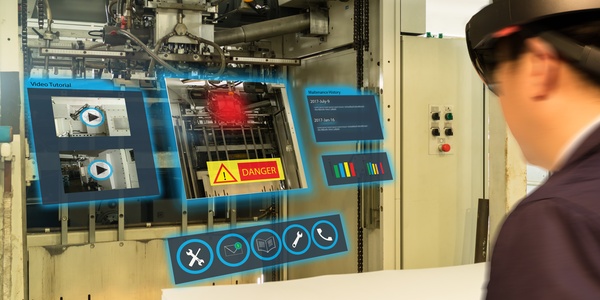
Overall
The TM Forum’s #DTW23 conference, held 18−21, September 2023, in Copenhagen was attended by 3,700 people. As always, it focused on the evolution of network services and operations with a focus on software.
Key messages included:
- A call to action to attack the telecom industry’s low financial return on the billions spent to upgrade networks to 5G and fiber (about 1% ROI). Cost reduction as well as rapid introduction of new services via new partner ecosystems were highlighted.
- The success of the TM Forum in its quest to become a leading standards development organization continued to advance with its Open Digital Architecture (ODA), practical APIs, and terminology, operations and software standards work.
- Generative AI (the tech behind ChatGPT) was everywhere. AI, including but beyond genAI, will be a major technology incorporated into the network and operations, representing a transformation as profound as the set of transforming technologies in the last 100 years: electronics, wireless, digital, packet, and software.
- Autonomous Networks and overall autonomous operations continued to advance in maturity and has reach the early majority of CSPs as the direction they want to go, with a good body of commercial success to declare it real.
MyTake: DTW23 was a ringing success. These notes do not seek to be a definitive guide of DTW23, representing only those things that I found personally interesting and that I happened to see among the myriad of booths, over 50 catalyst groups, hundreds of presentations, and thousands of briefings.
General
GenAI was everywhere, with ChatGPT and other large language models (LLM) demonstrated, discussed, and hyped. It is obvious that this technology will revolutionize the human/machine interface and help us navigate and analyze complex datasets much easier than ever. But key questions remain about the breadth, depth, and trustworthiness of the results. After all, your Uncle Fred sounds like he knows what he is talking about until you dig a bit deeper. And do you really trust him to drive your new car?
Growth areas were a focus point. CSPs have been well engaged for the last decade in offering services to enterprises, including specialized offerings for key industry verticals, as well as managed services such as SD-WAN, security, and energy savings. This will grow as CSPs learn to work better with ecosystem partners to offer easily consumed vertically focused products and services such as specialized health care solutions, key-enabled quantum networking, private 5G, SD-LAN, distributed computing and storage environments, and a host of others. The next round of growth after that will come from the consumer and enterprise metaverse, with enhanced reality coupled with advanced haptics growing out of the mobile gaming market. Of course, I’ve been disappointed before.
Slicing has been touted as a major growth area for many years, and we are still doing POCs. But there have been few commercial offerings and only miniscule commercial uptake so far for all but the MVNO market (where the underlying operator uses slicing to allocate mobile core resources to multiple MVNOs, dedicating some, sharing some, reserving capacity for some, depending on how much they want to have their own resources).
The dream of thousands of slices is very far off (sorry, Ericsson). However, I am becoming convinced that there arenear-term commercially viable services that will either require or greatly benefit from network slicing. These include high-security slices (all the way to the handset or end equipment) for government and financial customers, public service (emergency) services, and high-performance mobile gaming. The last one will take a while but will be huge.
Autonomous networkscontinue to capture the imagination of key players of the industry. Originally conceived in the network automation-leading market in the Far East, the AN concept has gained acceptance by major players in Europe (BT, DT, Orange, and Telefonica) and the US (Verizon). CSPs involved in the definition, POCs, catalyst groups, and implementation of AN now represent about 45% of the worldwide telecoms revenue: AN has reached the early majority. With many CSPs setting public goals for AN implementation (e.g., Reach AN level 3 by 2024 and Reach AN level 4 in several key areas by 2025), major vendors and SIs are preparing to show these CSPs how they can help the CSP executives make good on their promises. Let the marketing commence! Of course, half of all CSPs recently surveyed say they do not yet have a top-down strategic plan for AN (or any kind of network operations transformation), although almost all are automating their operations bottom-up with targeted automation products and RPA projects. See the results of the recent AN survey, “Leveling Up: Achieving Level 3 Autonomous Network and Beyond” (https://inform.tmforum.org/research-and-analysis/reports/leveling-up-achieving-level-3-autonomous-networks-and-beyond).
Commitment to AN was made more concrete through the signatories of the new “Autonomous Networks Manifesto.” They pledged to work to further specify and implement AN. Signatory companies were diverse, with Accenture, Ericsson, Makman Technologies, Microsoft, and Nokia as well as key CSPs such as China Mobile, NTT, stc, and Verizon joining in, 31 in all, and growing.
For the fifth year, an AN whitepaperwas released: “AN Journey Guide” (https://www.tmforum.org/resources/how-to-guide/ig1326-autonomous-networks-empowering-digital- transformation-evolving-from-level-2-3-towards-level-4/). It details the real world movement through AN Level 3 and beyond. I was pleased to be asked to be a contributor, with ACG Research providing part of the “Analyst Perspective” section. It is getting real.
TM Forum
Nik Willets, in his rousing executive kickoff, declared a Code Red for CSPs. They are getting only about a 1% return on investmentfor their recent 5G and fiber deployments. Cost reduction of the connectivity business via advanced software control of the network and operations continues to be key. But the need to expand CSPs’ markets through new services to existing customers, working with other CSPs for services that transcend their geographic boundaries, and focusing on industry verticals with partner ecosystems are mandatory and needed within the next three years.
Hugh Vaughn of the TM Forum described a very significant achievement: the agreement by the major hyperscalers to support the ODA Canvas that will make implementing the TM Forum Open Digital Architecture easier. The TM Forum stated:
The ODA Canvases built by AWS, China Mobile Cloud, Google Cloud, Microsoft and Oracle provide a standardized environment for ODA-compliant software to be deployed onto any cloud platform. The Canvas greatly simplifies IT and network operations by standardizing security, observability and other software management processes, simplifying and speeding up DevOps and Site Reliability Engineering and making it easier for CSPs and vendors to integrate software without expensive customizations.
CSPs
TM Forum Autonomous Network Executive Roundtablewas held before the official start of DTW23. It brought together key CSPs that are implementing autonomous networks. Insightful discussions ensued on several key topics:
- What are reasonable goals in achieving levels of autonomy? Most agreed that achieving Level 3 in most of their operations would be a worthy accomplishment. Some are pushing toward Level 4 in selected areas. Level 5 is yet to be understood. All agreed that
MyTake is that setting a goal such as this can be key to a successful digital transformation because of the buy in of the top executives.
- What are the real business benefits of moving to higher levels of network operations autonomy?Most CSPs measure their progress not only in terms of the AN level, but also by progress in the values of the key operational KPIs for a process or organization. They would like to see the levels defined more in terms of KPI values (e.g., “Level 3 if service provisioning for a 100 Gbps private line is done in three days”).
MyTake is that this mapping is important and will be pursued by individual CSPs in their planning, with some guidance from the TM Forum.
- Does a CSP have to step through the levels, going 2 to 3 to 4 or can you skip levels? The conventional wisdom says it is the former, spiraling upwards. Some suggested that we should look for opportunities to leapfrog.
MyTake is that that will be very hard and only in very specific cases where the CSP is doing a large scale network technology replacement with something like a networking fabric with advanced embedded operations functions.
- CSPs generally agreed that formal benchmarking, both internal and external, are important for measuring progress.
MyTake is that this is critical to making this more than a public relations exercise for the CSP.
- How can AN leverage new technologies? The list included:
- Digital twins, including simulation sandboxes for validating AI recommendations
- Intent and network slicing
- Generative AI
- Predictive AI
- Cross-domain orchestration at the service level
- Automation for field service operations
- Automation for security
MyTake is that these are, indeed, critical.
- As many of you know, I’ve been working with Saudi Telecom (stc) this year on its digital transformation. Khalid Attia (Huawei/stc), Essam Fatani (stc) and I spoke at length on their progress in evaluating their network operations AN autonomy level (based on the TM Forum’s AOMM criteria in GB1042A) and using that as a critical benchmark to measure their progress in their very complex managed operations services environment. Part of this work led to an interesting catalyst project, “Intelligence and value driven digital operations transformation for network.” It provided the network/service correlation so difficult to do between a network operations center (NOC) and service operations center (SOC). The SOC sees a problem with one or more services and alerts the NOC that it has a problem it needs to solve. But what is the cause of the problem? The NOC may know, it may not. In the catalyst, the potential service implications of known network issues are computed and flow upward to the SOC that can validate the service problem with its service-level monitoring and help the NOC prioritize the right work out of the hundreds of things constantly going wrong.
MyTake is that this is very cool, solving a thorny real-world problem. Bravo, stc!
Vendors
Cross Domain Orchestrators/Slicing Managers: I have been focusing on domain control and orchestration for several years since they are so important to autonomous networks of the future. I have seen demonstrations of many vendor offerings of cross domain orchestrators, often described as “slicing managers.” These have a full stack of provisioning, assurance, inventory, and design (PAID) functions needed to do full cross-domain (or even intra-domain) service or slice life-cycle management. However, most suffer from a lack of differentiation among them, as well as a lack of adequate automation in many of the domains they intend to control. Plus, making money in this area is difficult, as the slicing market has been slow to develop.
MyTake is that this market will take some time to mature and shake out.
Nokia hosted its annual analyst forum before DTW23. I continue to be impressed with the Nokia technology, especially in the AI/ML arena. Lately, Nokia has pulled together a good description of its rich set of complex software product offerings and presented them in a way that can be understood by mere mortals. I was particularly taken with Nokia’s recent work in the data mesh/fabric arena, the AVA Data Fabric, where telemetry and other data are moved where they need to be, when they need to be, at the pace they need to be via a mesh from the data sources to the various analytics processes that need the data. It also provides full life-cycle management of the data. This is the next generation beyond the “put it all in a data lake and then figure out how to use it” approach as well as covering derived data (e.g., KPIs, AI/ML training data). The need is real, with 130,000 5G cells creating 900 events per second that need to be transported to the analytics packages.
MyTake is that a data fabric for most of the data of a CSP appears to me to be a probable new product category that we will all be talking about in a year or two.
Oracle is back in OSS, having cleaned up its internal reorganization issues, survived weird internal dictums about only offering SaaS, and a general de-focusing on OSS after an acquisition. Leonard Sheehan well described the new BSS strategy where Siebel is to be a continuing, important part of BSS, and an OSS focus on the upper layers of OSS, where the services are managed, using mostly cross-industry assets configured for telecoms and the now-integrated Federos network assurance solution. Full PAID functions are now available. Welcome back, I’ve missed you.
Ciena Blue Planet continues its path as an independent software vendor, although part of Ciena having made its case to its customers that they are truly multivendor and vendor neutral. Kevin Wade and some tech wizards showed me what I consider the best cross-domain orchestration demo I have seen, quickly creating a network slice with wireless cameras feeding a local video processing application on a MEC platform (created the right container, downloaded to the MEC platform, configured and commissioned in a few seconds) for dynamic sentiment analysis of airport patrons.
MyTake is that this was truly impressive and shows why Ciena is one of the leaders in cross-domain orchestration.
Netcracker, celebrating its 30th anniversary, as well as 15 years as a part of NEC, hosted an analyst dinner at which Tony Geheran, the COO of Telus, gave a glowing endorsement of the quality, efficiency, and breadth of the BSS/OSS systems work for Telus. Netcracker’s all inclusive BSS and OSS solutions, coupled with its implementation services team have been very popular in mid-market CSPs worldwide, although with an ever-growing list of larger CSP customers.
Junipershowed me what I consider the best domain controller demo I have ever seen. The Juniper Paragon solution, all-in-one domain control system for supporting Juniper packet and optical equipment (as well as having multi-vendor and multi-domain capabilities), has a rich set of the PAID functions and a highly differentiated feature set.
MyTake is that this is the kind of domain controller a CSP needs to have truly autonomous transport domain operations as a foundation for an overall autonomous network.
FNT and Inmanta, two small, feisty companies, one inventory, one orchestration, were at the FNT booth. They are, among other areas, well-suited for supporting new PON-based fiber access networksand the growing list of middle-mile operators in the US and Europe. I have been studying this area with great interest, with over $100B in government subsidized (and at least $30B more in private equity money) in broadband fiber investments going into the US and Europe in the next few years. Meanwhile, the network functions are moving closer to the customer in increasingly virtualized, disaggregated, distributed architectures, requiring more sophisticated operations. Stay tuned for more from me in this area.
MyTake is that network inventory will once again move to center stage, as having a good understanding of the network and service topology is critical for automation.
BeyondNow with its Infonova system that handles billing and orchestration of what I like to call “funky value chains” showed its wares.
MyTake is that this is an area of increasing importance as CSPs create the kind of partner ecosystems they need to serve the needs of Industry 4.0 verticals.
An Analyst’s Lament
What does genAI mean to the analyst community? A new tool but a threat. Analysts may have to re-vamp not only how they do their work, but also how they add value, as cheap, but crappy “research reports” are generated by genAI software systems, probably mostly pablum with a sprinkle of hallucinations. Investigative journalism suffered in the cheap-but-crappy internet information world; now even copyrighters are being replaced by these latest genAI technologies. Analysts may be next, despite the genAI proclivity for hallucinations. I’ll be writing a blog about this later in the year. Geez, maybe I will retire.
Contact Mark Mortensen for more information






